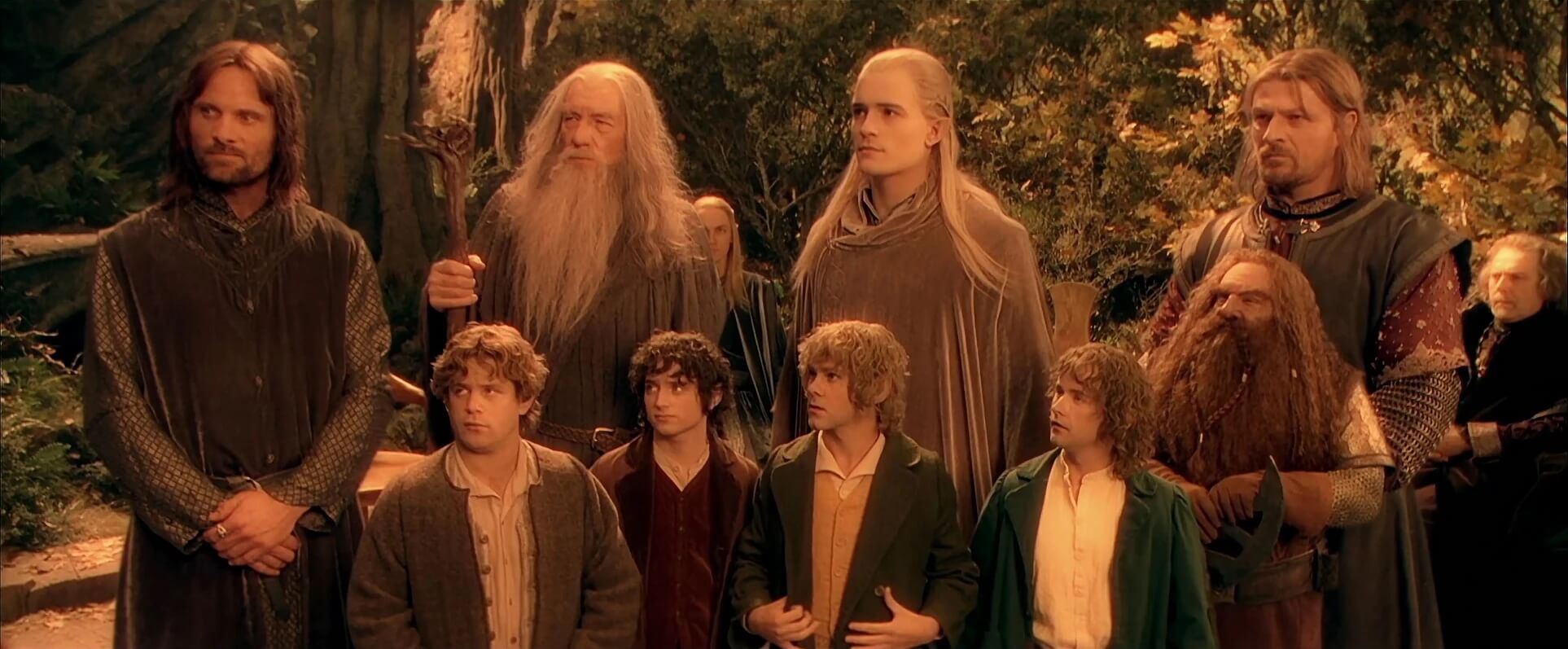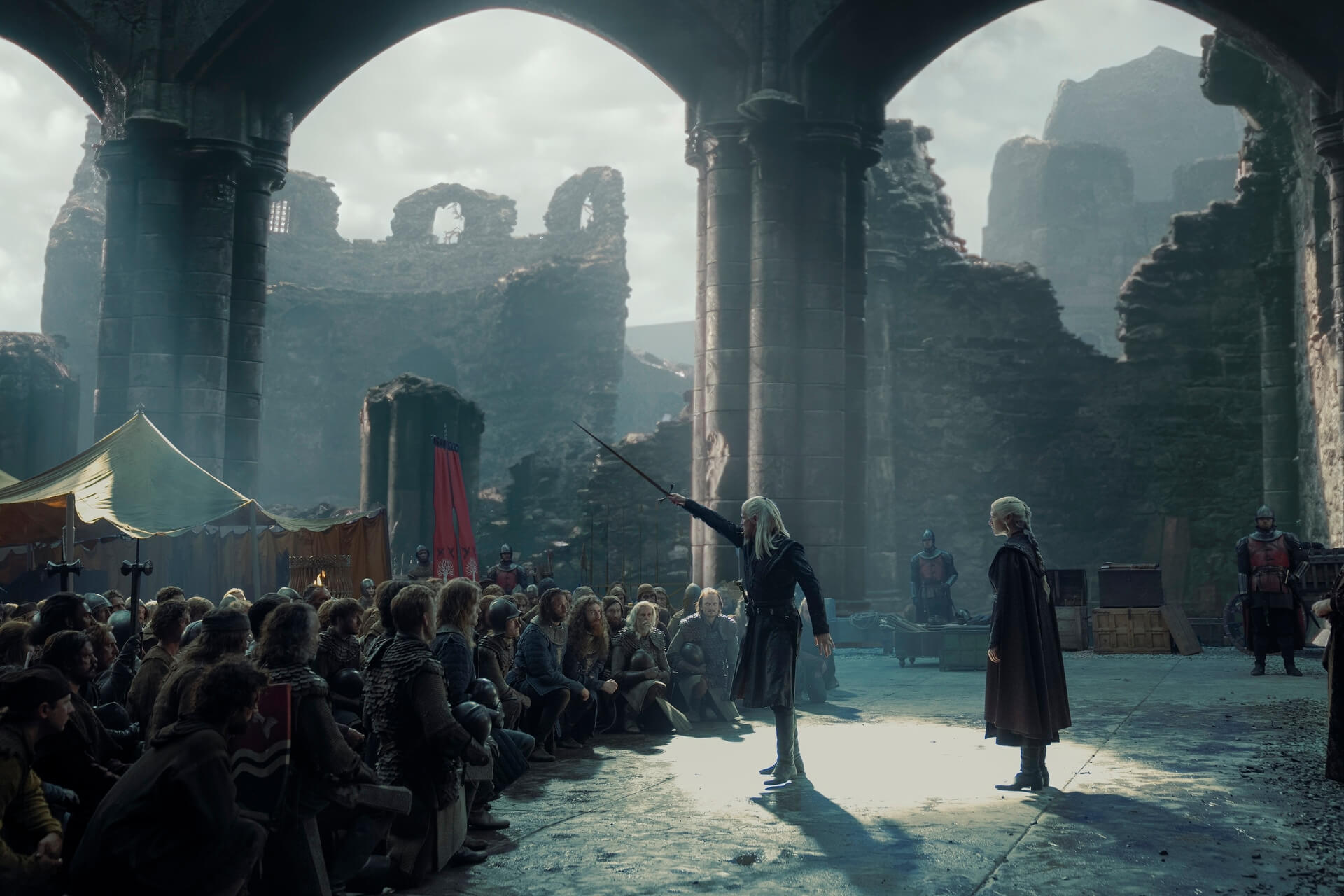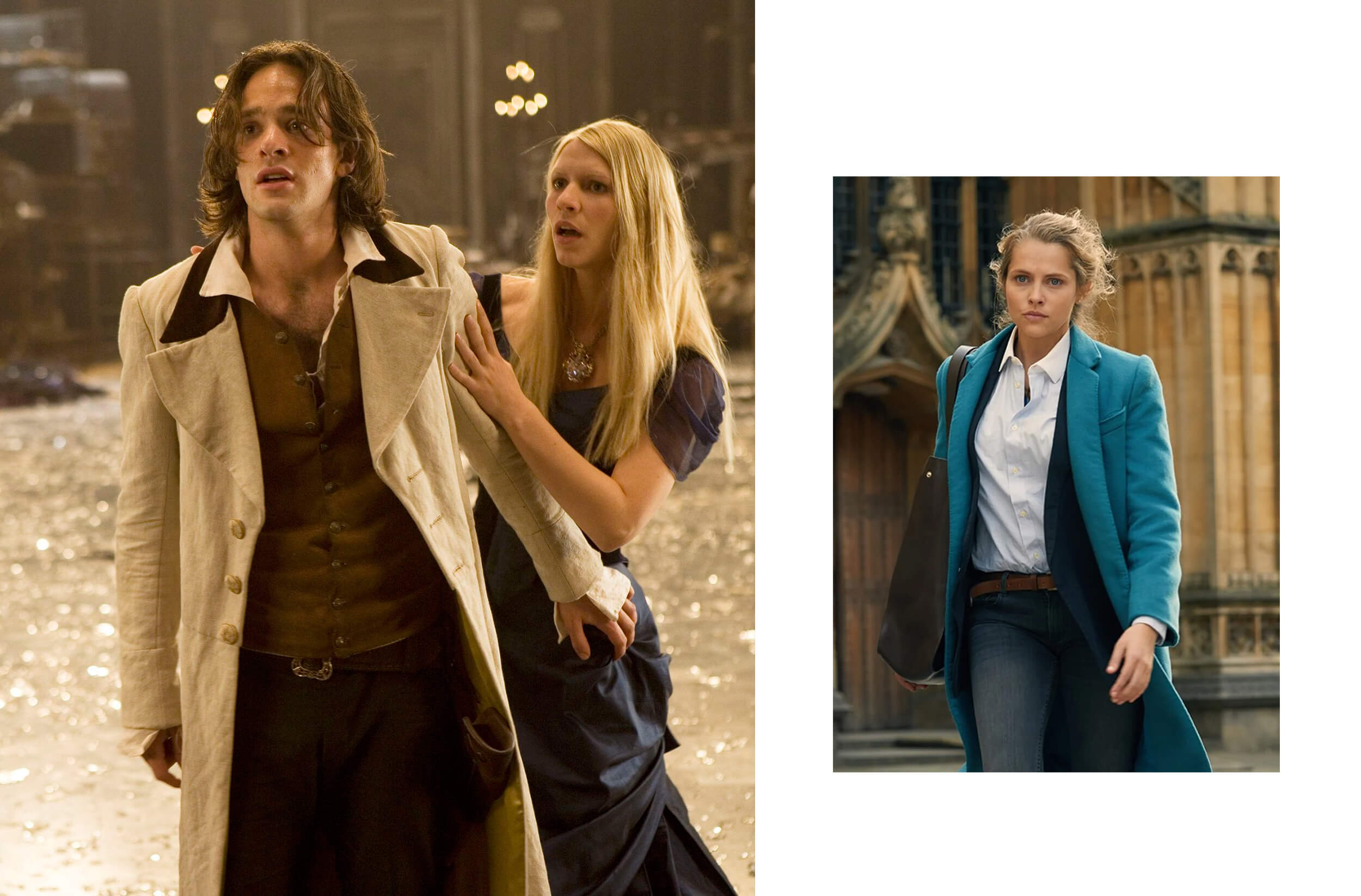When it comes to reading, the most fascinating aspect for me is how the same title can evoke totally different images in the minds of those who read it. They’re “just” letters on a page, yet they’re a treasure chest of worlds, characters, settings, and details that surprise us every time and transport us to new, distant places, reachable only through imagination.
And it’s this imagination that we nurture, especially when reading fantasy: when magical or supernatural elements come into play, a door opens, taking us even further, stimulating us in a deeper, and often more complex way. It’s one thing to be surrounded by the atmosphere of a real city when reading a novel, and quite another to attempt to envision an entire world that doesn’t exist, complete with its own rules and structures.
A genre experiencing a new Renaissance in recent years, thanks in part to literary phenomena emerging from social media, fantasy is slowly, yet steadily, shedding labels like “nerdy,” “juvenile,” or “outdated.” Because imagination has no limits, the borders that can be crossed through fantasy are limitless, allowing literary voices of all kinds (both established and new) to test themselves in a complex, unpredictable world that’s stimulating precisely for these reasons.
Through one person’s ideas and words, millions of readers use fantasy to escape reality, be anyone they want, and feel the thrill that the magical aspect brings. Unlike other genres, fantasy allows us to exercise our imagination and sense of wonder or awe more intensely. We can travel without leaving bed, encounter nonexistent creatures, experience the power and strength that make fantasy’s protagonists unique and special, and face situations filled with emotion.

Fantasy owes much of its popularity to titles for children and teens, designed specifically to stimulate their imagination and eventually turn them into adults who need to seek refuge in their dreams to find new strength to live in reality (almost quoting Albus Dumbledore here). Those children and teens who devour stories created for their age aren’t the “nerdy losers” of tomorrow who can’t tell fiction from reality; they’re the ones who can always find beauty and magic in every situation, even without magical wands, rings of power, or fae-like pointed ears.
More often than not, they become the adults who continue their passion for fantasy, exploring all the sub-genres that make it a truly rich genre, where everyone can find something to enjoy. From epic or high fantasy that owes its origins to J.R.R. Tolkien’s The Lord of the Rings, to medieval or historical fantasy, young adult fantasy, urban fantasy, romantic or fairytale-inspired fantasy, and dark fantasy—more than a genre, fantasy is a multiverse of plots, twists, and characteristics. These may allow for classification, but they’re special precisely because they can overlap, sparking curiosity even among those who previously confined themselves to a specific sub-genre.
This opens up new possibilities, encouraging readers to give titles they might not have considered a try, to engage in broad discussions and recommendations, and to be surprised—a feeling that is among the most wonderful when reading: discovering that something “different” is something we like. Different doesn’t mean unpleasant; it means new. It takes very little to go beyond prejudice and try a fantasy read. After all, no one has to love fantasy; it’s simply restrictive to assume in advance that one won’t like it. Of course, one should choose a title that makes it easier to overcome this “mental hurdle”—it may even be that the right fantasy to make you rethink the genre hasn’t been published yet.
“It’s always the same story,” “I only hear about A Court of Thorn and Roses, enough already,” “There are too many stereotypes,” “It’s written too simply,” “It’s absurd; it leaves me with nothing”—these are just some of the common “criticisms” of fantasy. But more than criticisms, don’t they sound like justifications for not wanting to give the genre a first or second chance? There are those who seek familiar patterns in their reading, those who need to alternate “serious” books with lighter ones to unwind, those who don’t need to find answers to existential questions in a book, those who want to believe in love that blooms in fantastic circumstances and be moved by sagas that make us grow, even as adults, even when we think we’ve already grown.

In Italy, prejudices toward fantasy seem particularly prevalent. Perhaps because the selection is smaller (though no less valid) than abroad, or because fantasy here is closely tied to folklore, there is still much work to be done. Certainly, the popularity of books by Sarah J. Maas or Cassandra Clare, the craze for Game of Thrones, and the enthusiasm for joining Leigh Bardugo’s Crows have paved the way for the genre and for new authors who are taking advantage of this renewed interest to present their titles. Yet, a visit to any bookstore in London, for example, shows just how vast the fantasy world is beyond what we might expect in Italy. Will young readers expand the genre’s reach, those who devour recommendations on social media and religiously follow TBR lists on Goodreads? Or perhaps adults, motivated by movies and TV series, will come to realize that fantasies aren’t just dense tomes or, conversely, sugary love stories with a magical backdrop. As is often the case, the answer lies somewhere in between. All readers can make a difference: a simple word-of-mouth recommendation can spark a revival of the genre, giving voice to new authors and stories waiting to be discovered and experienced.
When it comes to fantasy, appearances matter, too. Just as abroad, where special, intricately detailed covers catch the eye even of those who don’t usually browse the fantasy section, Italy also follows the same aesthetic care to intrigue potential readers. Vibrant colors and fonts, exquisite illustrations, and unique publishing touches make fantasy books true treasures of beauty. An example is Mondadori’s new Fantastica Scrigno editions, featuring fantastical titles with captivating covers, flexible yet durable materials, and a totally innovative format in Italy that’s designed to protect the book and enrich bookshelves with its detailed design. The first three books Fantastica Scrigno volumes are “The Crimson Moth” by Kristen Ciccarelli, “A Tempest of Tea” by Hafsah Faizal, and “What The River Knows” by Isabel Ibañez; three distinct fantasy experiences, each unique in its way, promising to enchant fantasy lovers of all ages and sub-genres.
Even in fantasy, there’s no rush, no universal rule, no right or wrong. In the end, as with any reading experience, you should read something because you want to, not because you’re obligated. You should want to step outside your comfort zone; it has to be the right time, the right mental and emotional state. Without hurry, without obligations, without fear of judgment for certain reading choices. We read for ourselves, for who we are, and who we want to be. And if we want to be fantasy characters, what’s the problem?






